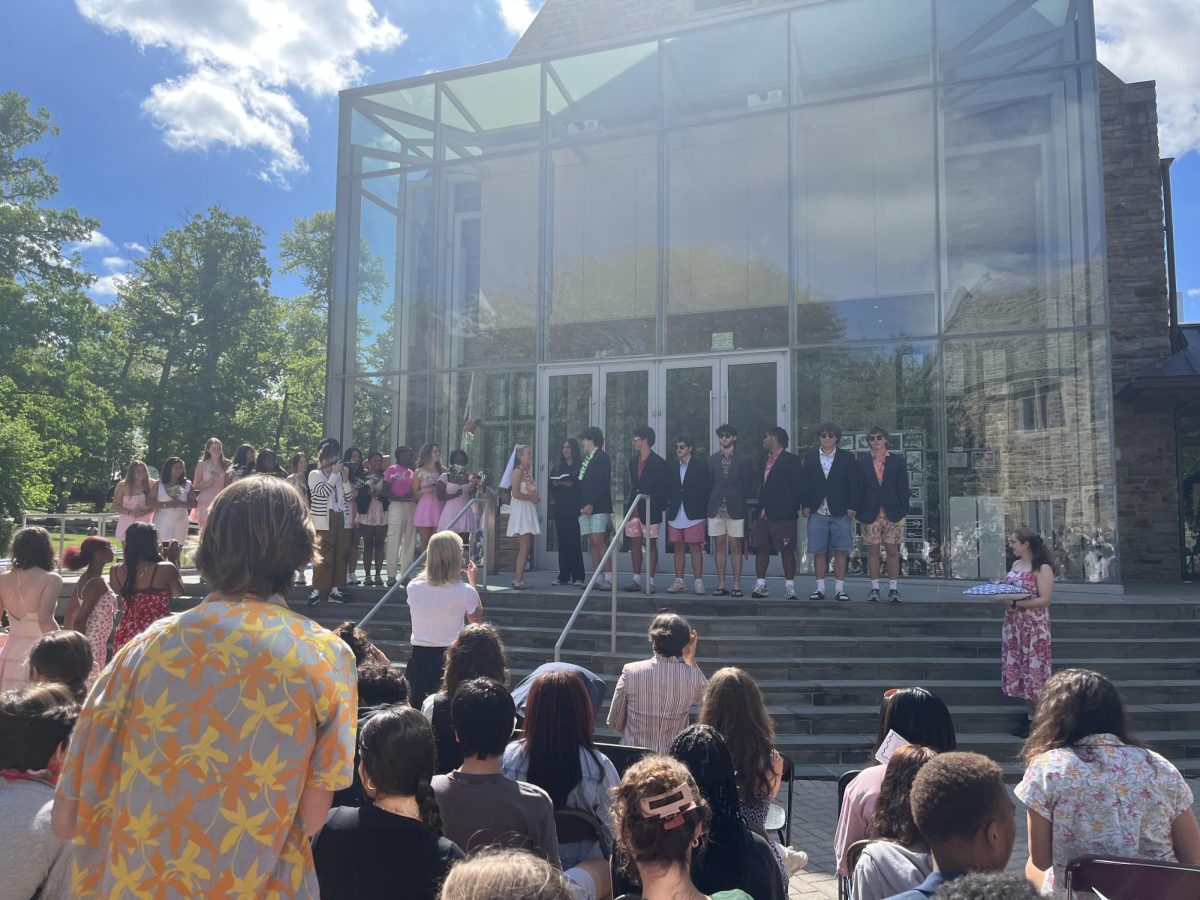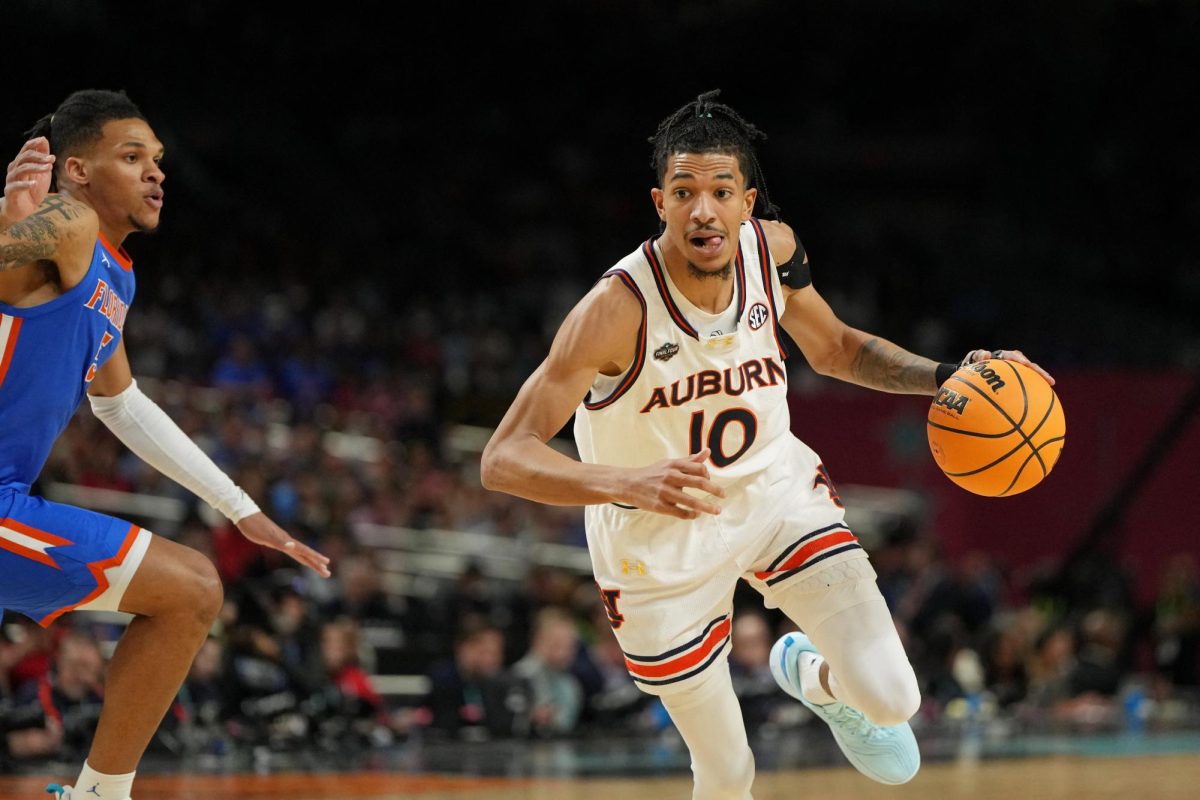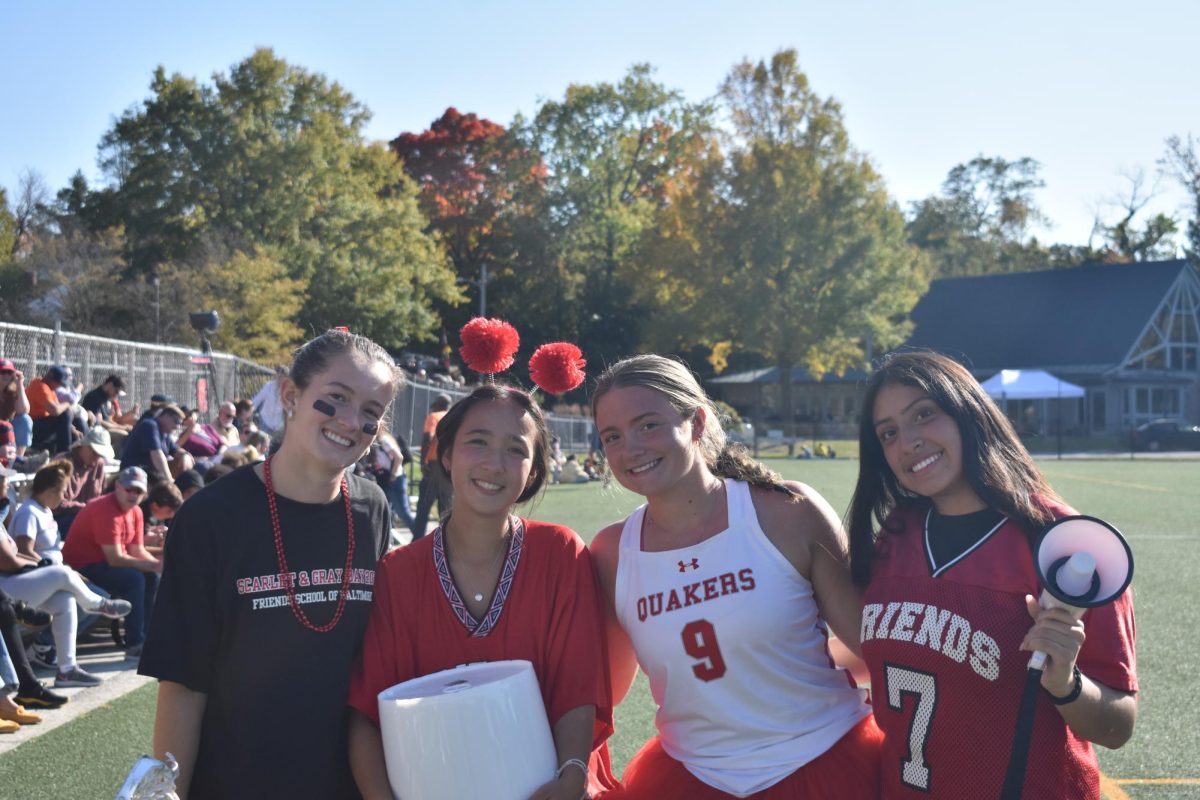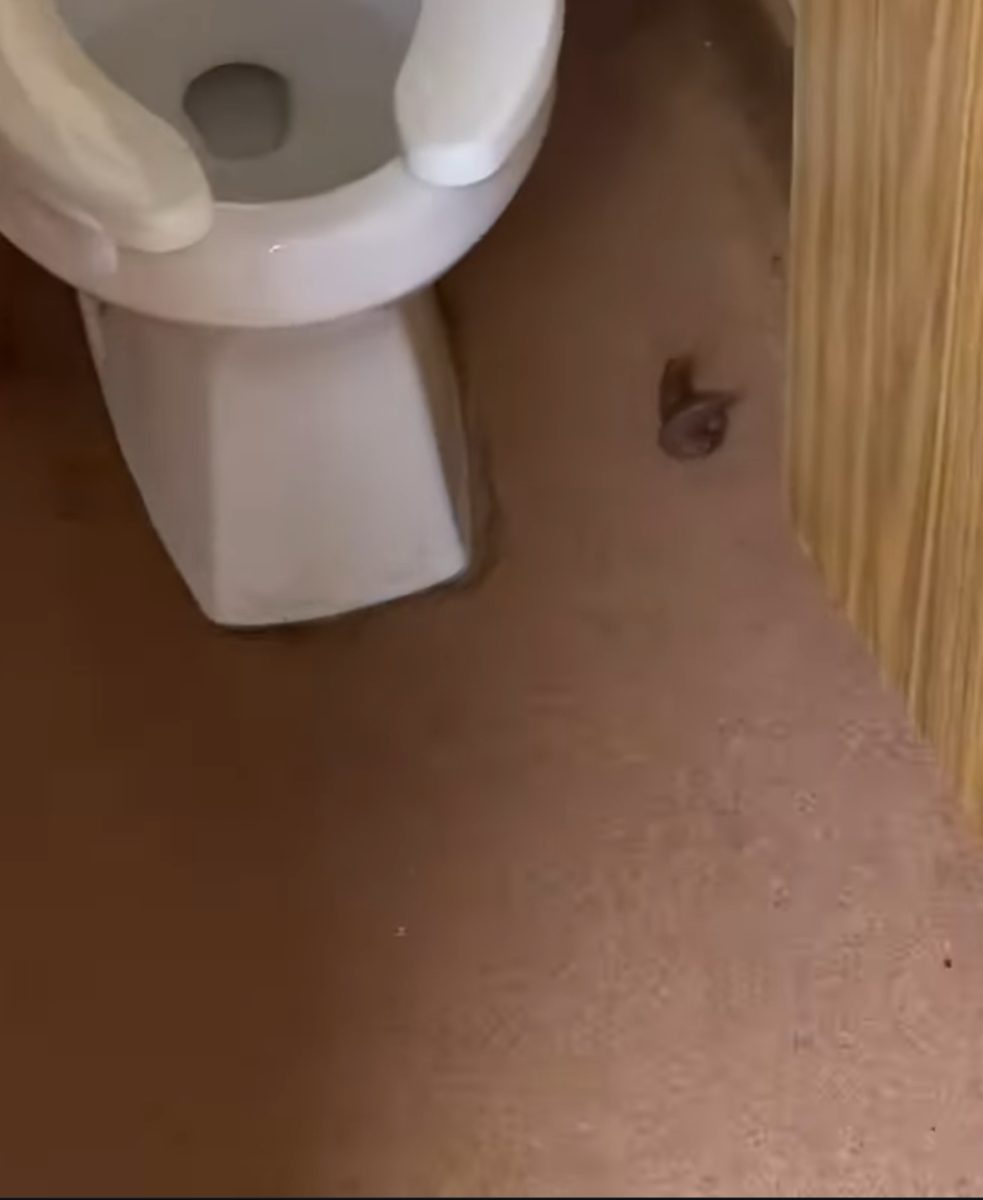Friends School of Baltimore is a school that prides itself on the diversity of its community. But it still lacks a significant presence from certain groups. One of these is the Latinx community.
In the Friends Upper School, only 13 students self-identify as Latinx.
“Mostly every group of students has a community that they can rely on, be comfortable with, and find things in common with, but I don’t see much of that with the Latino community,” says junior Khadejah Allen.
Khadejah identifies as Guyanese (after Guyana, the country in South America). She says she’d love to see the Latinx community grow more within the school.
“I think it’s important for everyone to have a sense of belonging,” she says. “The Latino community is just as major [within the US] as all the other communities represented at school. I’d really like to learn more about them, just like the student body has learned about other cultures in the past.”
Upper School Librarian Renee Hall is a faculty member who identifies as a part of the Latinx community. She remembers a situation in her advisory some years ago, that opened her eyes to how small the community at Friends is – and feels.
“One year, I had a student in my Advisory who came to me about a survey that had been sent out, asking ‘What grade are you in and how do you identify?’ ” she remembers. “And this is how I feel as a part of the faculty too: he said, ‘If I say I’m in 9th grade and Hispanic, they’re going to know it’s me. So the survey isn’t anonymous for me.’ I really resonated with that.”
If she were to answer an “anonymous” survey like that, Hall realized, her identity would be astoundingly obvious.
The small number of Latinx students – and faculty – is fairly noticeable around campus, not just to those groups, but to the Admissions Office. Paula Easton is one of the main people there who works with prospective families. The Senior Associate Director of Admission says there are many possible reasons why there are so few students who identify as Latinx in the Friends community.
“I think it’s complex,” she says. “When we think about the families who we are attracting to the school, and how we’re attracting them, and what communities they’re in, I think that there is work to be done.”
Many factors go into a student choosing a school, says Easton. In recent years, a few Latinx students with conservative Catholic beliefs have left the school, citing its progressivism.
“If they know about us, do they want to be here? And how do we make them [want to] stay?” she says. “After folks are here, how [do] we celebrate that? Rather than just the Latinos Unidos club, which is obviously a great place to start, how do you lift up all the different identities within the identity? There’s definitely work to be done, beyond just getting people here.”
This is definitely an ongoing topic at Friends, but one that isn’t spoken about a lot. Hopefully with time, and with the help of the Admissions Office, the Latinx community will make up a bigger piece of the cultural diversity that this school preaches.




![A Phone Ban at Friends? [Podcast]](https://thequakerquill.org/wp-content/uploads/2025/05/magenta-VrRT19_ZjUY-unsplash-1200x900.jpg)








![How Freestyle Club Began [Podcast]](https://thequakerquill.org/wp-content/uploads/2025/05/charly-alvarez-Jv9untmB7G4-unsplash-1200x800.jpg)























